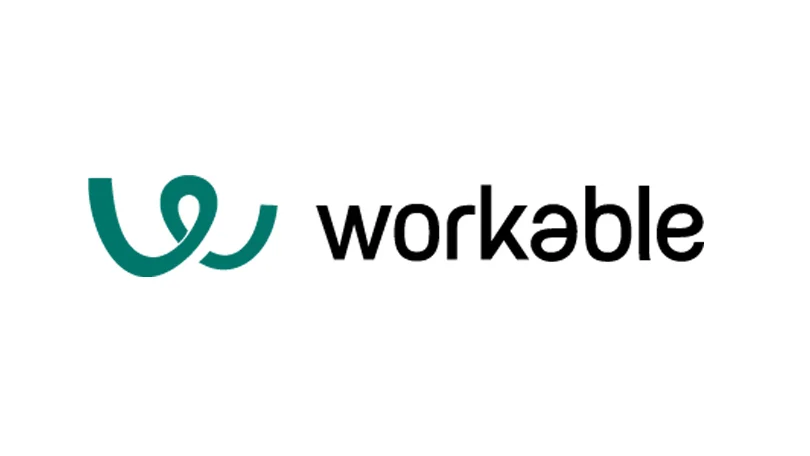About
Industry – Utilities – Energy sector
Employees – 1000+
Headquarters – UK
The Challenge
This global energy company was growing rapidly but was experiencing high employee turnover in its Customer Experience teams. High staff churn meant their recruiters had to work twice as hard to find talent and backfill vacant positions and reducing time to hire became a key goal for them.
The company was already using a game-based online assessment to determine which candidates to prioritise in the hiring process. They wanted to understand why their new hire attrition was so high and whether they were selecting the right candidates for the role.
Their analysis showed that their gamified assessment scores were not correlated with who they would select at interview and, furthermore, that their assessment scores were actually inversely correlated with job performance. In other words, the assessment was having a negative impact on their hiring process.
Not only this, but many candidates would join the company without fully realising what the role involved and then quit within their first few weeks.
The Solution
They turned to ThriveMap to create a Realistic Job Assessment that took candidates through a digital day-in-the-life of the job. This enabled candidates to opt out if it wasn’t for them and was based on real-life scenarios faced by members of the Customer Experience team.
After switching to ThriveMap, they ran a double-blind study to validate the assessment was selecting people whom they were likely to offer a job. Their study showed that a “Good” or “Excellent” assessment score meant someone was 5 times more likely to be selected for the job. This gave them the confidence to use ThriveMap scores instead of CVs when selecting candidates.
Since then, ThriveMap has enabled them to hire better people more quickly as well as drive down new hire attrition. They’ve also seen their average phone screen time halved as they didn’t need to explain the job to candidates. This has meant candidates have been able to get in front of hiring managers quicker, resulting in an improvement in time to hire by over 50%.
The Results
- 20,000 candidates assessed
- Significant cost saving in reduced attrition
- 50% reduction in phone screen time
- 5X correlation between assessment scores and being hired
- 20% improvement in post hire performance
Assessments tailored to your unique work environments
Rather than a one-size-fits all approach, ThriveMap’s assessment design process involves leveraging the unique knowledge of your existing workforce. Human behaviour is dependent on context, and since no two companies are the same, a real-life approach to question design ensures higher validity and reliability than other assessment types.
ThriveMap’s step-by-step methodology enables any company to generate realistic, job-relevant assessments that are unique to their environment and role-types.
Seamlessly integrated
Syncs with all applicant tracking software with automatic sending, email reminders and scoring.
Auto-generated interview questions
Candidate insights are automatically generated with interview questions and leaderboards generated on each candidate
Communicate Employer brand
No two work environments are the same, bespoke assessment narratives enable you to tell your unique role stories
Data-driven hiring
Assessments are optimized over time through data analysis against hiring objectives such as new hire performance and retention
Quote
“The ThriveMap team are great to work with. They provide knowledgeable advice and insight and work with us to understand the specific needs of our business.’
Head of Talent Acquisition
A sizeable increase in new hire retention
1 in 2 people will leave a job because the reality of it didn’t live up to expectations.
Unlike other assessment types, ThriveMap assessments let candidates experience what life is really like in a job ahead of joining. This enables people to deselect themselves from the hiring process if they feel it’s not the right role for them.
This contributed to a big reduction in new hire attrition, saving this global Energy company time and money in recruitment and training costs.





